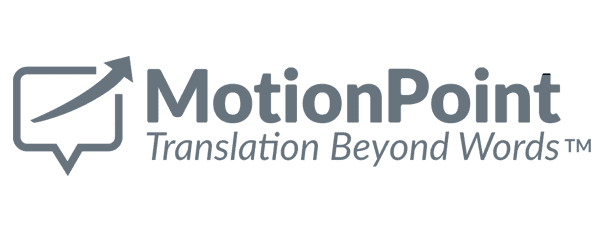




Two million Covid-19 vaccines are now being administered every day in the U.S., which is up from 1.3 daily vaccinations in February 2021. This number will increase, thanks to additional FEMA vaccination “mega-sites” that will open in the weeks ahead.
That’s promising news for U.S. residents who can easily understand English-language medical information and schedule vaccination appointments. But the news isn’t as favorable for minority groups—especially those with Limited English Proficiency (LEP).
Systemic socioeconomic and linguistic inequities continue to hamper their ability to consume vaccination-related content and to be vaccinated themselves.
USA Today recently reported that many state and local governments still haven’t developed adequate plans to address these problems during the vaccine rollout—especially providing vital vaccine information in languages other than English.
The inequalities are so dire that federal executive leadership recently called upon pharmacies, mobile vaccination units and community clinics to pull up the slack.
This is a history-making opportunity for these companies to create long-term, loyal customers by translating its online vaccine information and scheduling tools for these residents.
Executives of retail pharmacies, clinics and other healthcare providers understand the critical relationship between language, literacy and personal health. Studies show that when healthcare information is available only in English, LEP patients:
In fact, nearly half of LEP patients cannot engage in complex disease management and self-care, compared to 14% of English speakers.
Providing content in patients’ preferred languages makes all the difference. When drugstores offer in-language experiences, LEP patients become better educated on health matters, are more satisfied with their pharmacies, and appreciate the cultural rapport.
Retail pharmacies and clinics are uniquely positioned to effectively vaccinate LEP patients-and create longtime satisfied customers along the way-with translation. Organizations can dramatically improve immunization rates by translating key content such as:
Unfortunately, finding the right digital-content translation solution is harder than most folks think. That’s because most of translation technologies and vendors shift nearly all of the management, technical integration and ongoing translation tasks onto their customers.
This creates pervasive issues, including unexpected delays that most organizations can’t afford—especially with lives literally at stake.
(You can discover how most localization solutions generate unanticipated IT effort, operational complexity and high translation costs in this blog post.)
By contrast, MotionPoint’s website and digital-content translation platform was designed from Day 1 to eliminate customer-side effort and continually reduce costs:
MotionPoint specializes in translating online and offline content for retail pharmacies, hospitals, healthcare clinics and more. We also work closely with several U.S. federal and local health agencies, ensuring their content is accurately localized at the pace of the pandemic:
MotionPoint currently helps a top U.S. health agency—which currently plays a critical role in combatting the pandemic—solve the communication challenge of educating multilingual residents about Covid-19 vaccinations.
This agency required a website translation solution that would:
MotionPoint configured its solution to accommodate every request. We delivered the localized websites on time, and continually translate and publish its content within four hours.
The Department of Health and Human Services (HHS), which also plays a key role in handling the pandemic, wanted to communicate online with Spanish speakers. It required a solution that could:
MotionPoint delivered fully translated versions of key HHS websites in less than 60 days. These sites keep Spanish speakers informed, practically in real-time.
Drugstores and other organizations cannot solve the systemic inequalities that affect the daily lives of LEP patients. However, they can easily-and affordably-eliminate language barriers.
Translation reduces health disparities between English- and non-English speakers. It also generates long-term bonds between patients and companies. Thirty-nine percent of consumers prefer to buy from websites in their native languages; among LEP patients, this increases to 67%.
Further, 75% of LEP residents reward brands with repeat purchases if customer care is in their languages.
Contact us if you’d like to learn how we can help your organization translate its content digital and in-store content for LEP patients.